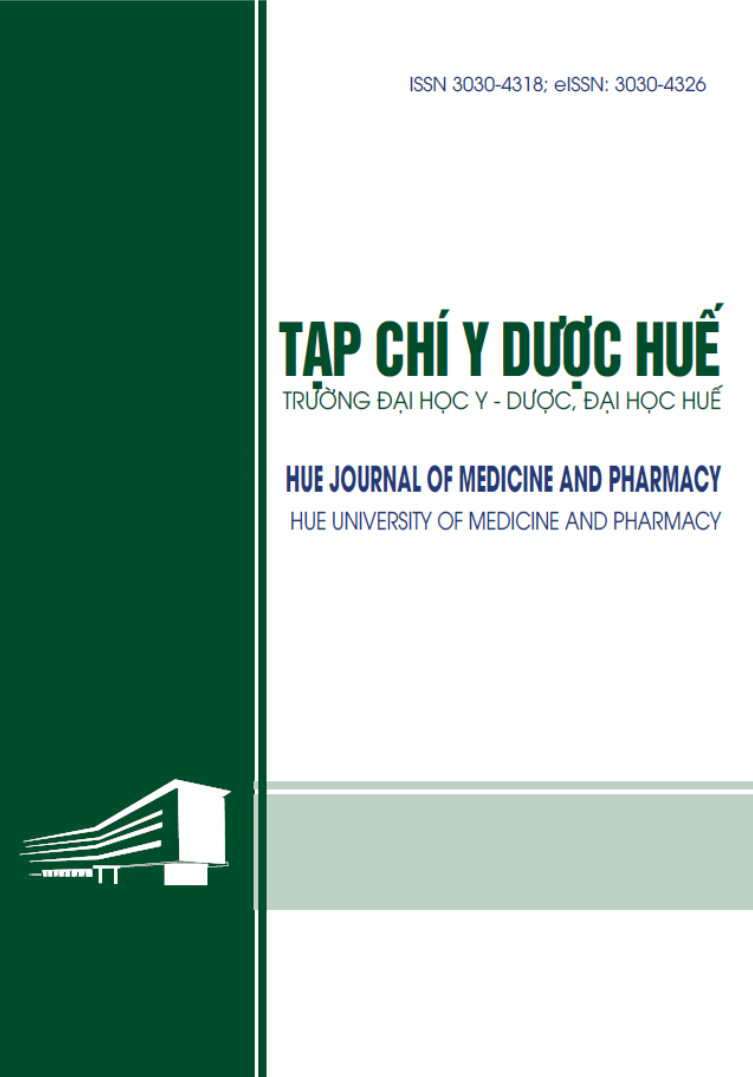Abstract
Background: Arthroscopic knee surgery causes significant postoperative pain, delaying functional recovery, extending hospital stays, and reducing patient satisfaction. The goal of this study was to compare the analgesic efficacy of adductor canal block (ACB) and intravenous dexamethasone with intrathecal morphine, as well as their adverse effects.
Methods: A clinical trial, randomized, comparative study. Nighty two patients aged over 18 years old, ASA status of I to III who undergo arthroscopic knee surgery. They were randomized into two groups. All patients undergo spinal anesthesia with heavy bupivacaine and fentanyl, 1 g IV paracetamol per 8 hours postoperatively. One group received 100 mcg of intrathecal morphine (M group), and the another group received 20 mL of 0.25% levobupivacaine for ACB and 8 mg IV dexamethasone (S group). Postoperative pain scores at rest and active were assessed using a visual analogue scale (VAS), the rate and time of first rescue pain requirement, adverse outcomes, patient satisfaction, quality of recovery were also assessed.
Results: VAS score of both groups were lower or equal to 3 at all time intervals. The rate of rescue pain requirement in the S group (8.7%) and M group (6.5%, p-value > 0.05). The mean time to first analgesic request in the S group (11.4 ± 3.5 hour) and M group (16.6 ± 2.6 hour, p-value > 0.05). 39.1% patients experienced nausea and vomiting, 37% patients experienced pruritus in the M group, the rates in the S group were negligible at 0%, and 4,3% patients respectively, p-value < 0.05. The rates of urinary retention in the M and S groups are 10.9% and 4.3%, respectively, p-value > 0.05. No patients of respiratory depression was recorded in both groups. Satisfaction rate was significantly lower in the M group (34.8% very satisfied) when compareration with S group (69.6% very satisfied, p-value < 0.05). The QoR-15 score in the S group was higher than M group at both 12 and 24 hours, p-value < 0.05.
Conclusions: Both methods provides effective for postoperative analgesia in patients undergoing arthroscopic knee surgery. Adductor canal block combined with intravenous dexamethasone is better than intrathecal morphine regarding the rate of adverse events, patient satisfaction, and quality of recovery.
| Published | 2025-06-25 | |
| Fulltext |
|
|
| Language |
|
|
| Issue | Vol. 15 No. 3 (2025) | |
| Section | Original Articles | |
| DOI | 10.34071/jmp.2025.3.14 | |
| Keywords | gây tê ống cơ khép (OCK), dexamethason, morphin khoang dưới nhện (morphin KDN), giảm đau sau phẫu thuật, phẫu thuật nội soi khớp gối, thang điểm nhìn hình đồng dạng (VAS) adductor canal block (ACB), dexamethasone, intrathecal morphine, postoperative analgesia, arthrocsopic surgery, visual analog scale (VAS) |

This work is licensed under a Creative Commons Attribution-NonCommercial-NoDerivatives 4.0 International License.
Copyright (c) 2025 Hue Journal of Medicine and Pharmacy
Lentz TA, Tillman SM, Indelicato PA, Moser MW, George SZ, Chmielewski TL. Factors associated with function after anterior cruciate ligament reconstruction. Sports health 2009; 1(1): 47-53.
Wang LM, Zhang Z, Yao RZ, Wang GL. The role of intrathecal morphine for postoperative analgesia in primary total joint arthroplasty under spinal anesthesia: A systematic review and meta-analysis. Pain Medicine 2021; 22 (7): 1473-1484.
Armanious SH, Botros JM, EL Ganzoury IM, Abdelhameed GA. Adductor canal block versus femoral nerve block in unicompartmental knee arthroplasty: a randomized, double blind, prospective, comparative study. Ain-Shams Journal of Anesthesiology 2020; 12 (1): Article 28.
Fujita Y, Mera H, Watanabe T, Furutani K, Kondo HO, Wakai T, et al. Significantly earlier ambulation and reduced risk of near-falls with continuous infusion nerve blocks: a retrospective pilot study of adductor canal block compared to femoral nerve block in total knee arthroplasty. BMC musculoskeletal disorders 2022; 23 (1): Article 768.
Khatri K, Sidhu G, Jindal S, Bansal D, Goyal D. Low-dose Perioperative Dexamethasone Improves 24-hour Post-Operative Pain after Anterior Cruciate Ligament Reconstruction. Malaysian Orthopaedic Journal 2022; 16 (1): Article 76.
Álvarez NER, Ledesma RJG, Hamaji A, Hamaji MWM, Vieira JE. Continuous femoral nerve blockade and single-shot sciatic nerve block promotes better analgesia and lower bleeding for total knee arthroplasty compared to intrathecal morphine: a randomized trial. BMC anesthesiology 2017; 17:Article 64.
Maheshwer B, Knapik DM, Polce EM, Verma NN, LaPrade RF, Chahla J. Contribution of multimodal analgesia to postoperative pain outcomes immediately after primary anterior cruciate ligament reconstruction: a systematic review and meta-analysis of level 1 randomized clinical trials. The American Journal of Sports Medicine 2021, 49 (11): 3132-3144.
Taha SSH, Hassan BEE, Kandil HSHT, Kandil HSHT, Derh E, Hussein MS. Effect of Adding Dexamethasone to Bupivacaine in Ultrasound Guided Adductor Canal Block for Post-Operative Analgesia Following Knee Arthroscopy. The Egyptian Journal of Hospital Medicine 2023; 91(1):5169-5176.
Aoyama Y, Sakura S, Abe S, Uchimura E, Saito Y. Effects of the addition of dexamethasone on postoperative analgesia after anterior cruciate ligament reconstruction surgery under quadruple nerve blocks. BMC anesthesiology 2021; 21: Article 218.
Nguyễn Xuân Thọ. Đánh giá hiệu quả vô cảm và giảm đau sau mổ nội soi khớp gối của gây tê tủy sống bằng bupivacain hoặc ropivacain kết hợp với fentanyl và morphin. Luận văn Thạc sỹ Y học, Trường Đại học Y Hà Nội; 2017.
Ibrahim AS, Aly MG, Farrag WS, Gad El‐Rab NA, Said HG, Saad AH. Ultrasound‐guided adductor canal block after arthroscopic anterior cruciate ligament reconstruction: Effect of adding dexamethasone to bupivacaine, a randomized controlled trial. European Journal of Pain 2019; 23 (1): 135-141.
Frassanito L, Vergari A, Zanghi F, Messina A, Bitondo M, Antonelli M. Post-operative analgesia following total knee arthroplasty: comparison of low-dose intrathecal morphine and single-shot ultrasound-guided femoral nerve block: a randomized, single blinded, controlled study. European Review for Medical and Pharmacological Sciences 2010; 14 (7): 589-596.
Essving P, Axelsson K, Aberg E, Spännar H, Gupta A, Lundin A. Local infiltration analgesia versus intrathecal morphine for postoperative pain management after total knee arthroplasty: a randomized controlled trial. Anesthesia & Analgesia 2011; 113 (4): 926-933.
Moro ET, Ferreira MAT, Gonçalves RDS, Vargas RC, Calil SJ, Soranz MA, Bloomstone J. The quality of recovery after dexamethasone, ondansetron, or placebo administration in patients undergoing lower limbs orthopedic surgery under spinal anesthesia using intrathecal morphine. A randomized controlled trial. Anesthesiology Research and Practice 2020; 2020 (1): Article 9265698.
Gehling M, Tryba M. Risks and side‐effects of intrathecal morphine combined with spinal anaesthesia: a meta‐analysis. Anaesthesia 2009; 64 (6): 643-651.
Omar H, Mahmoud S, Rady A, Magdy R. A comparative study between neostigmine and dexamethasone as an adjuvant to bupivacaine in adductor canal block after knee arthroscopy (RCT). Research and Opinion in Anesthesia & Intensive Care 2024; 11 (1): 16-24.
Rahimzadeh P, Faiz HR, Imani F, Hobika GG, Abbasi A, Nader ND. Relieving pain after arthroscopic knee surgery: ultrasound-guided femoral nerve block or adductor canal block?. Turkish Journal of Anaesthesiology and Reanimation 2017; 45 (4): Article 218.
Han Z, Zhang Y, Xue C, Jin S, Chen Q, Zhang Y. Comparison of the Effects of Adductor Canal and Femoral Nerve Blocks on Postoperative Opioid Consumption and Inflammatory Factor Levels in Elderly Patients After Total Knee Arthroplasty: A Prospective Observational Study. Journal of Pain Research 2024; pp. 2375-2391.






